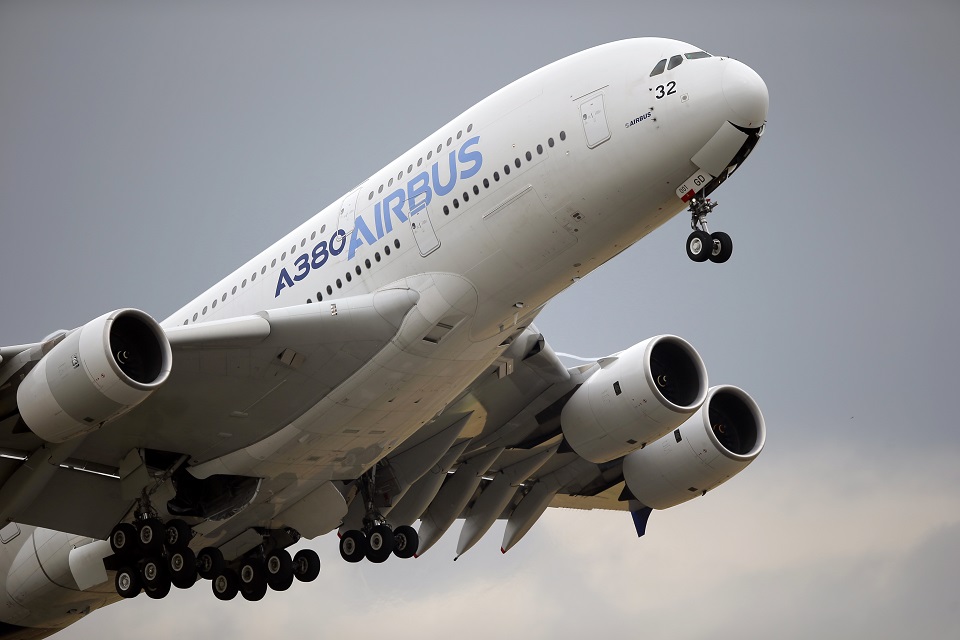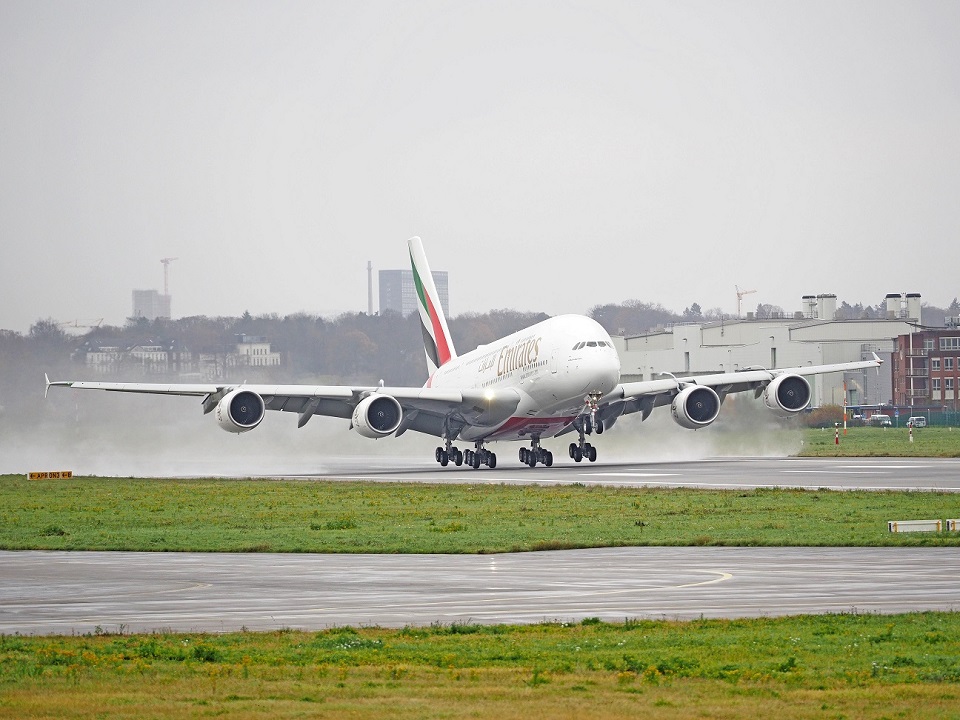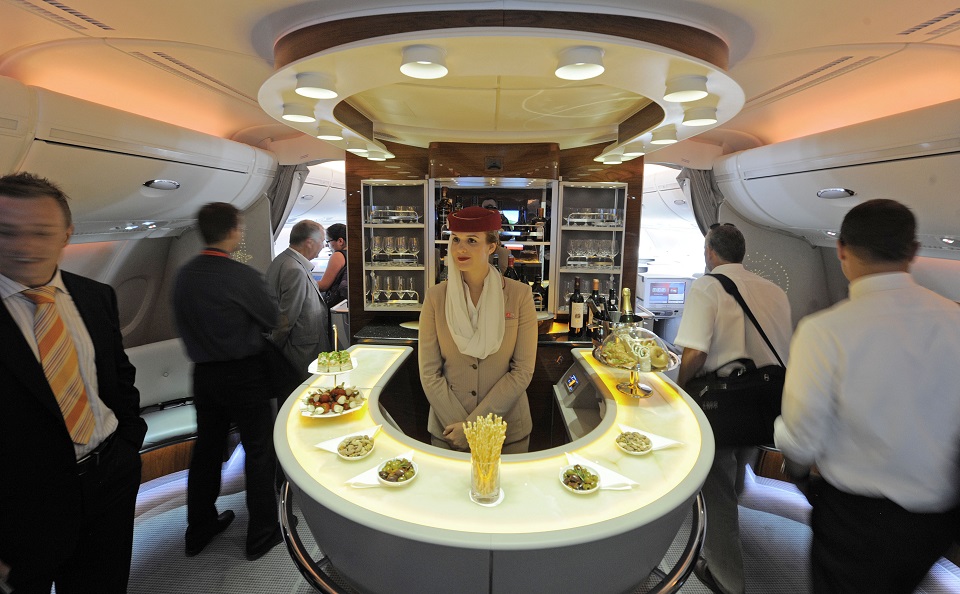
Source: Money Review
The A380, the largest civilian airliner ever built, was unveiled in January 2005 by the European aerospace company Airbus. It can carry up to 800 passengers.
The leaders of the United Kingdom, France, Spain, and Germany, as well as 5,000 guests, including customers, suppliers, and hundreds of journalists, attended the first A380 launch. It was a fiesta with everything: fireworks, laser shows, and dancers.
The first flight of the double-decker plane took place on April 27, 2005, allowing the entire world to witness this engineering marvel.
Photo AP
Furthermore, the plane's size remains impressive to this day. What the passenger never sees or notices is even more impressive:
- The A380 is so large that it could theoretically carry 853 passengers if all seats were economy class. However, no airline uses it in this manner. In practice, its maximum capacity on planes with economy and business class is 615 people.
- Each A380 contains over 480 kilometers of electrical wiring and cabling, with installation proving so difficult that some of the initial production delays were attributed to the wiring.
- The size and weight of the superjumbo can cause issues for smaller planes flying nearby. In 2017, a small private jet flipped over in midair when it came close to an A380. Light aircraft should now wait four minutes before taking off or landing on the same runway used by an A380.
- To paint an A380's 11,500 square meters, 3,600 liters of paint are required. One coat of paint adds more than 600 kilograms to the aircraft's weight. The procedure usually takes two weeks.
- An A380 can transport up to 3,000 suitcases, and two loading zones, one in the front and one in the back, can be used concurrently to speed up the process.
- Each A380 is composed of 4 million individual components manufactured by 1,500 companies from 30 countries.
- The A380 has the largest crew of any aircraft, with three cockpit crew and up to 21 flight attendants. The galley area is large enough for five people to work simultaneously, while crew members can rest in a "secret" area located on the third floor, with bunk beds and a private toilet.

Photo AP
However, as it turned out, the massive aircraft was not the game changer that Airbus had envisioned. The main reason was its high operating costs and low efficiency.
Airbus struggled to find airlines willing to put the A380 on their routes for the majority of the A380's life. The A380 is one of the most expensive yet luxurious aircraft ever built, selling for $445.6 million.
Its passengers were treated to amenities such as bars, private lounges, and bathrooms with showers. Emirates' and Singapore Airlines' first-class suites were equally luxurious, but Etihad's "The Residence" seats were an 11-square-meter "apartment" in the sky.
Photo AP
However, Emirates was the most valuable customer for the A380, accounting for 123 of the 274 orders received by Airbus for this aircraft type.
The A380 met Emirates' need to transport a large number of passengers over long distances through its Dubai hub. However, all other airlines are taking a different approach, focusing on direct flights with smaller aircraft.
While some airlines had already begun to withdraw their A380s as unprofitable, the trend accelerated when the pandemic struck.
As a result, Airbus completed the construction of its final A380 in December 2021, shutting down the associated production line.
While many believed that the pandemic would be the end of the A380, the sharp increase in travel demand and the airlines' efforts to meet it thrust the superjumbo back into the spotlight.
These large planes allow airlines to sell more tickets without increasing flights at a time when they are struggling to find crews.
As a result, airlines such as Qantas Airways, Etihad Airways, Korean Air Lines, and Singapore Airlines, which grounded their A380s during the pandemic, are now resuming operations. Thai Airways is considering reintroducing them in 2024.
Of course, there's another reason why some airlines are using their A380s. And that is none other than the realization that it no longer makes sense for them to sell them.
The aircraft's value has plummeted to the point where a sale may no longer be feasible. To illustrate, while a new A380 costs nearly $450 million, the price of a 10-year-old plane like this has dropped from $76 million before the pandemic to $30 million today.
[This article was translated from its Greek original]































